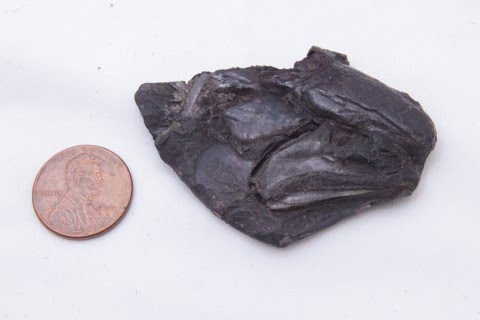When studying samples of an ancient ray-finned fish in an English museum, American scientists discovered the oldest known fossilized brain of a vertebrate animal. The organ was discovered inside the skull of a now-extinct creature that lived 319 million years ago.
Fossils are mostly formed from hard body parts like bones and shells, but soft tissue can also be preserved naturally under certain conditions. The sample was discovered during a CT scan of Coccocephalus wildi, a small fish whose fossil was discovered over a century ago in a coal mine in Lancashire, England.
The discovery was detailed in a paper published on Wednesday in Nature magazine, and it was also covered by the University of Michigan.
The Coccocephalus fossil is the only one of the species, and it was first described scientifically in 1925. It is owned by the Manchester Museum in the United Kingdom and was loaned for a project led by the University of Michigan that uses cutting-edge imaging technology to study the anatomy of extinct ray-finned fish.
The group of animals, defined by their backbones and bone-like structures known as “rays,” now numbers over 30,000 living species. Comparing them to extinct relatives can shed light on evolutionary processes.
“Not only does this superficially unimpressive and small fossil show us the oldest example of a fossilized vertebrate brain, but it also shows that much of what we thought about brain evolution from living species alone will need to be reworked,” said lead author and doctoral student Rodrigo Figueroa.
The brain and cranial nerves, which protrude outside the cranial case, are among the fossilized anatomy. The original structure was replaced with a hard mineral, most likely pyrite, which appeared more dense in the scan than the surrounding bones.
The organ had characteristics that modern ray-fin fish do not have, indicating that the evolution of fish brains was more complicated than previously thought, according to Figueroa. Similar discoveries in long-known samples are likely to occur as advanced imaging technology becomes more accessible to researchers, he predicts.
Paleontologist Matt Friedman, who leads the project to scan ray-fish fossils, said the discovery underscored the importance of preserving physical samples.
